Livestock
All Livestock Content

Calving Book Technology: There’s an App for That
Record keeping is necessary for beef producers to make benchmarks and progress from year-to-year. New calving book apps can make record keeping easier, helping producers stay on track during calving season.
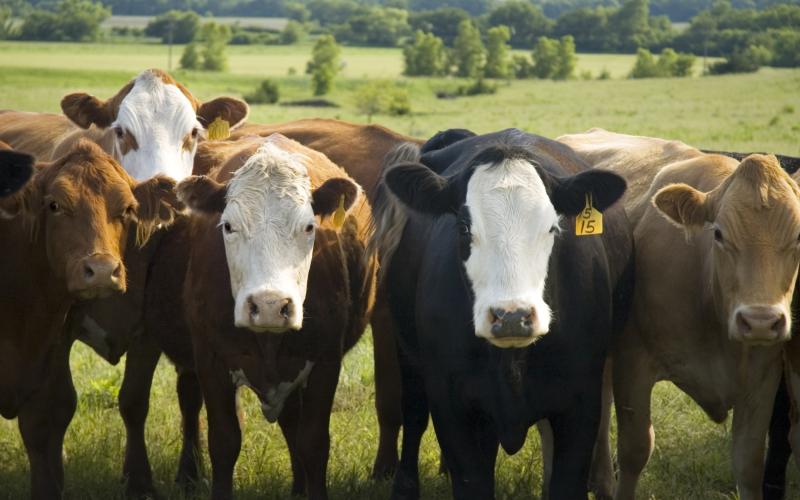
Using Estrous Synchronization in Natural-Service Breeding Situations
Estrous synchronization is typically associated with artificial insemination (AI) programs, and is therefore often viewed as impractical or impossible to use within natural-service herds.
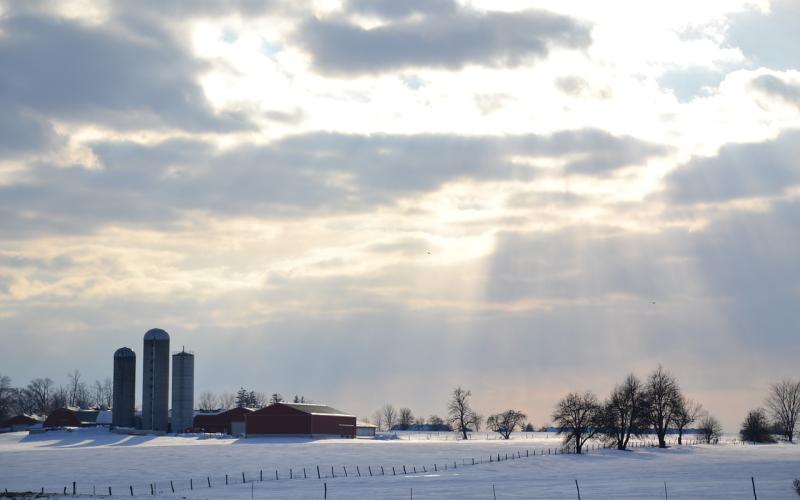
Preparing for Calving Season
Whether the calving season will start soon or is a few months away, it’s never a bad time to start preparing for the arrival of fresh calves on the ground. Here are some things to consider prior to the beginning of calving.
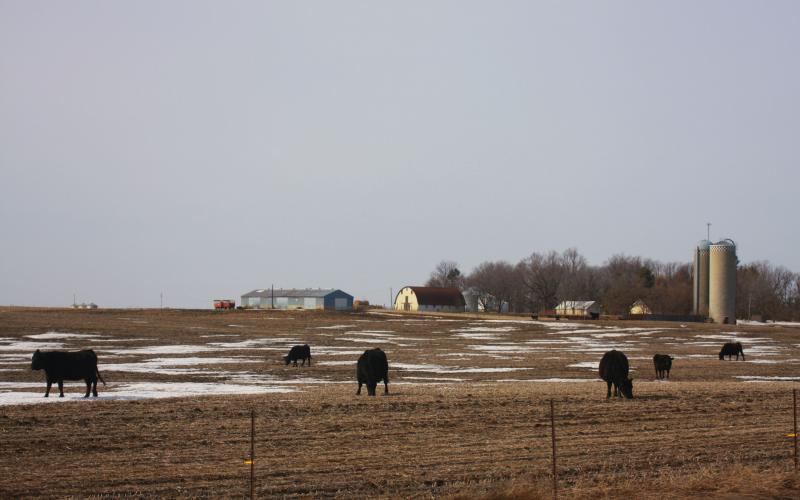
Considerations for Cull Cows
The last year was difficult to say the least, from a wet, muddy spring and late planting to an early, wet fall and difficult harvest. Unfortunately, for cow calf producers, the repercussions were seen during pregnancy detection this year, as the number of slaughter cows within the state were abundant due to open cows.
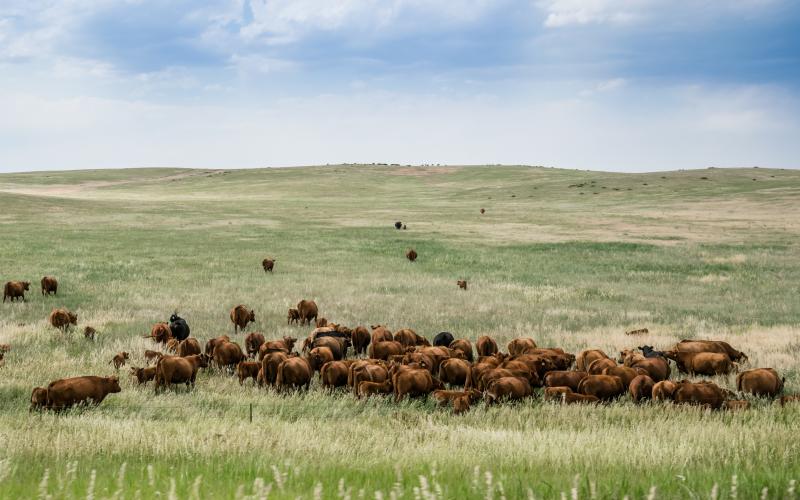
Beef Management & Reproduction Report Card
SDSU Extension tool for producers to track the critical management factors that affect reproductive success in beef cattle.
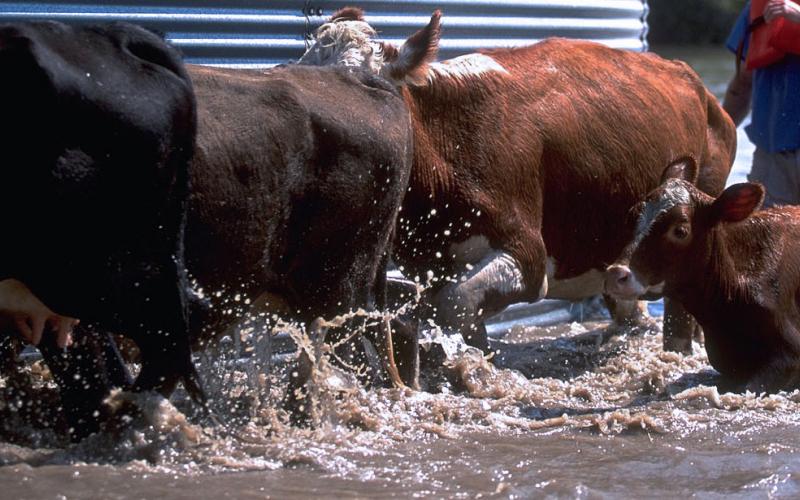
Managing Cow/Calf Pairs With Excess Spring Moisture
Flooding, blizzard conditions and excess snow can wreak havoc on livestock producers. While there is little one can do to stop the melting snow and rising waters, we can try to manage around the water by preparing alternative livestock and feeding areas.
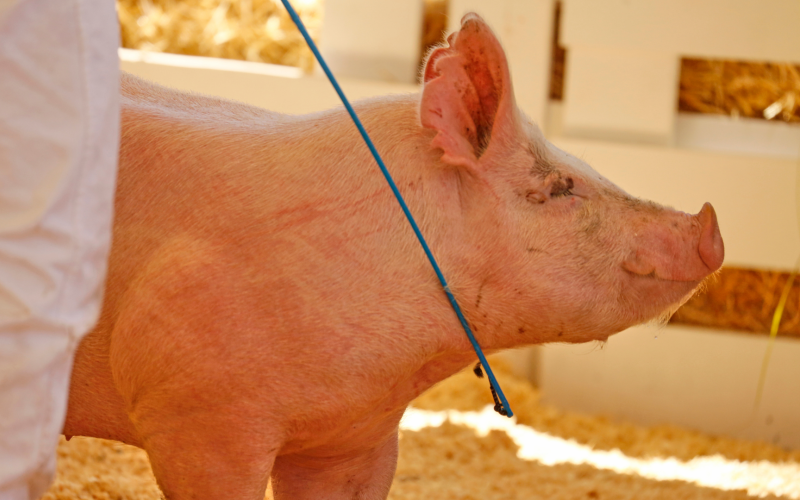
SDSU Extension hosts swine transporter, producer training during 2023 Pork Congress
January 09, 2023
South Dakota State University Extension will help swine producers, transporters and handlers update their Pork Quality Assurance (PQA) Plus and Transportation Quality Assurance (TQA) training at the South Dakota Pork Producers Congress in Sioux Falls on Jan. 11, 2023.
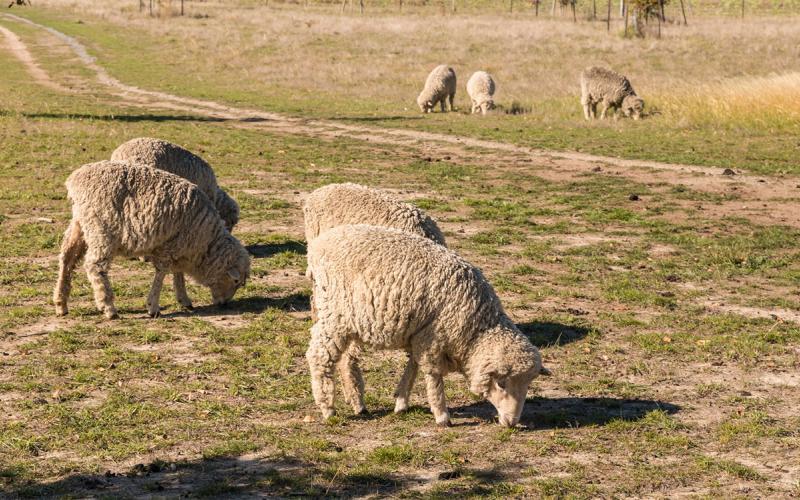
Lamb Bonanza to showcase sheep industry Jan. 7 during SDSU Jackrabbit basketball game
January 06, 2023
Jackrabbit fans who attend the Jan. 7 South Dakota State University women’s basketball game can also sample lamb and wool products as part of the 31st Annual Lamb Bonanza.
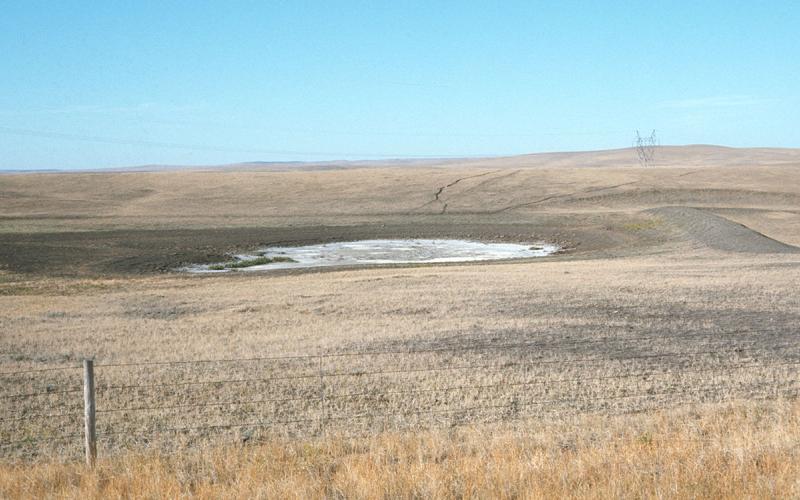
Can You Break the Hydro-illogical Cycle?
Regardless of the time of year, it is critical to start thinking about the next drought before we are in it. Learn some key strategies for breaking the Hydro-Illogical Cycle by leveraging drought motioning resources and creating a plan for your operation.
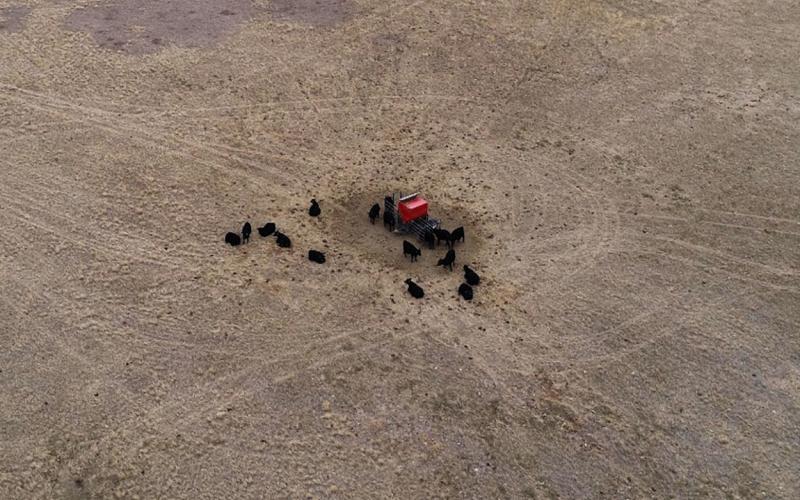
Utilizing Drones for Ranching Operations
Using drones as a tool for monitoring grasslands, checking cattle, and monitoring water sources has increased recently. Learn some important licensing and safety considerations for using drones on your operation.